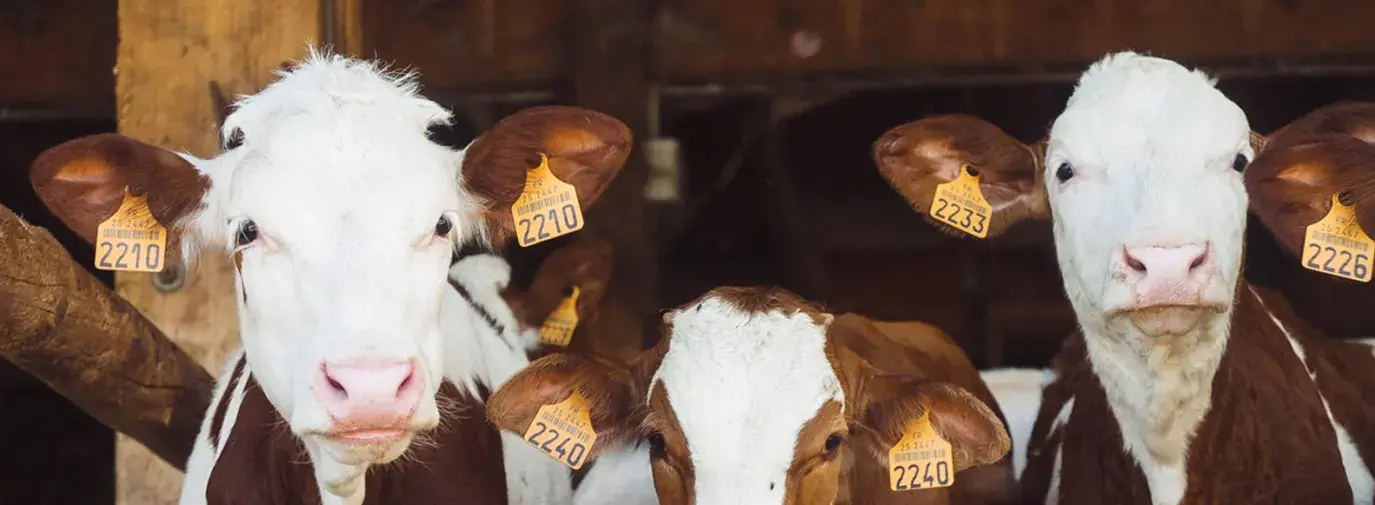
Long gone are the small-scale family farms that provide dairy to local cheese producers and families. This is the era of industrialized agriculture and concentrated animal feeding operations (CAFOs). One of the many dirty secrets of the dairy industry is the use of antibiotics. CAFO operators use antibiotics to make up for the concentrated confinement of animals, unsanitary living conditions, and the use of hormones.
Using antibiotics for non-therapeutic purposes, any use of antibiotics in food animals without disease or documented disease exposure, has led to the development of antibiotic resistant (AR) bacteria, which have infiltrated our food system and pose a major risk to human health. According to the Center for Disease Control (CDC) 22 percent of AR infections originate from foodborne pathogens. This was never an unexpected outcome, in fact in his 1952 Nobel Peace Prize acceptance speech Alexander Flemming warned of the creation of superbugs from the misuse of antibiotics, a warning we ignored. The big question is what happens when even our strongest antibiotics no longer win out against the toughest bacteria?
Antibiotic Use in the Dairy Industry
Following the “get big or get out” mantra from policy leaders, the agricultural industry adopted heavy use of antibiotics. The most common non-therapeutic uses of antibiotics are for prevention of disease and growth promotion. Of the 29 million pounds of antibiotics used each year 80 percent goes to livestock. Entire herds or flocks are continually given low doses of antibiotics in their feed or water to prevent disease and promote growth, two things that would happen naturally if animals had more natural living conditions and access to pasture.
CAFOs (or factory farms) are large-scale animal housing operations that raise a large number of animals, most commonly cattle, chickens, and pigs. These facilities focus on efficiency, measured by how quickly the operator can raise an animal and send it to market for slaughter. As a result, animals live in extremely crowded conditions with little to no access to the outdoors. These conditions increase animal stress and poor hygiene, which increase pathogen development and decrease growth. With so many animals concentrated in one area there is a vast amount of manure creating the perfect home for the proliferation of bacteria. A 2014 study published in the Proceedings of the National Academy of Sciences highlights the connection between non-therapeutic antibiotic use in animals and an increase in bacteria populations. These situations increase the potential for infections such as environmental mastitis, an udder infection in dairy cows that is caused from environmental conditions rather than a traditional bacterial infection.
The Dangers of Antibiotic Resistance
The threat of AR to human health starts at the farm and follows the food chain all the way to your dinner plate. Farms serve are as hotspots for AR; in fact anyone who lives near CAFOs or fields fertilized with animal manure is at a greater risk to superbug infections. These fields can pose a risk because bacteria from the manure can be transported from its original source to fruit and vegetable production. Once these products go to market the bacteria can follow them; and if they are not properly cleaned, can transfer to humans. According to the CDC AR causes infections that are more difficult to treat resulting in prolonged and costlier treatments, an increase in healthcare costs of $20 billion a year, and an overall expense to the economy of $50 billion. In 2019, the CDC found that 2.8 million Americans contracted antibiotic-resistant infections and more than 35,000 people were killed by these infections. Clearly, this is a real and imminent threat.
One of the greatest risks of AR genes is that they have a number of ways to enter the environment. AR bacteria can spread to rodents and flies and can be carried from one place to another across borders and seas (think black plague). The bacteria themselves possess the capability to horizontally transfer genes allowing one form to share its new supper genes with all of its friends and family. Since AR bacteria have reached such prevalence in our food system even animals raised without antibiotics or organically may still be carriers of AR bacteria. The CDC, along with many medical organizations, including the American Medical Association, oppose non-therapeutic uses and are calling for changes in farming practices to save antibiotics for humans.
Antibiotics in Dairy
The current dairy industry is one that promotes industrialization and consolidation over the health and wellness of the herd. In an effort to achieve higher levels of so called efficiency, dairy producers predominately use CAFOs and the hormone rBGH to increase milk production. rBGH or recombinant bovine growth hormone is a genetically engineered synthetic hormone created by Monsanto to increase milk production levels. Studies have found that rBGH usage results in increased cases of mastitis infections, which ultimately requires higher levels of antibiotics.
The Food Safety Inspection Service (FSIS) of the USDA is responsible for inspecting meat for contamination with residual antibiotics, pesticides, and heavy metals. “Residue” makes its way into the food supply when producers bring animals to slaughterhouses while they have contaminants still in their system. When dairy cows are culled from the herd due to incurable infections they are processed into ground beef. Often, cows are processed before the proper withdrawal period, therefore the antibiotics are still in their systems when they are converted into meat for human consumption; antibiotics are then passed on to humans. While the cows are being treated with higher levels antibiotics for an infection, their milk is supposed to be pulled from human consumption but is often fed to calves. These calves will likely be processed into veal likely with residue of antibiotics from being fed tainted milk.
By purchasing dairy consumers also support the meat industry. In 2009, of the 33.3 million cattle used to produce beef 2.9 million were dairy cows. In 2008, plants processing dairy cows and veal were responsible for 90 percent of the residue violations. This begs to ask the question of who is really looking out for our milk and why antibiotics are not more heavily monitored. FSIS, EPA and FDA jointly monitor residue violations through the national residue program. The USDA’s Office of Inspector General released a report stating that the national residue program “is not accomplishing its mission of monitoring the food supply for harmful residues.”
The CDC suggests that the use of antibiotics for growth promotion should be phased out. Doing so would follow the trend of many European nations. Since implementing the ban they have seen a steady decline in the number of cases of AR.
Take Action
It is time for consumers to call on the dairy industry to change their way! Join us in urging Dean Foods and Starbucks to make an organic milk commitment. By doing so, these companies will help transition the current CAFO dairy system to one that does not rely on concentrated confinement and antibiotics. The future of antibiotics in the US depends on it.






